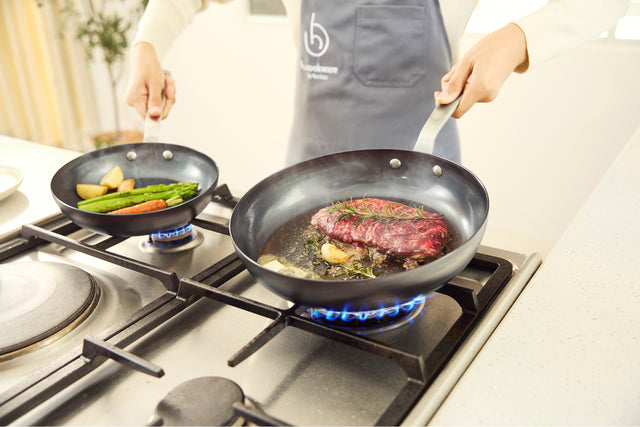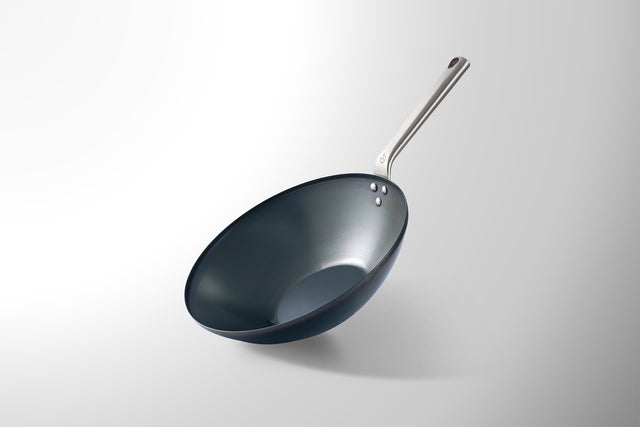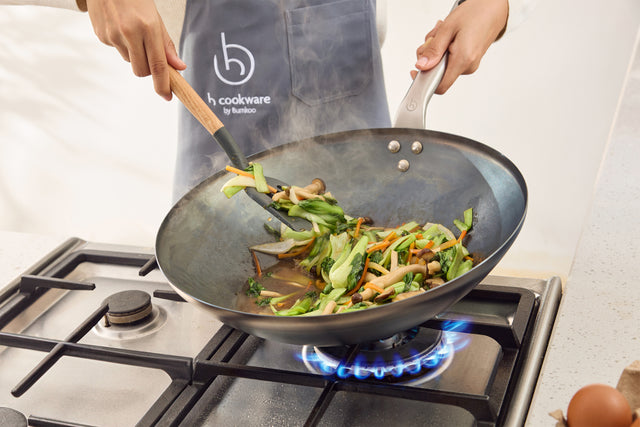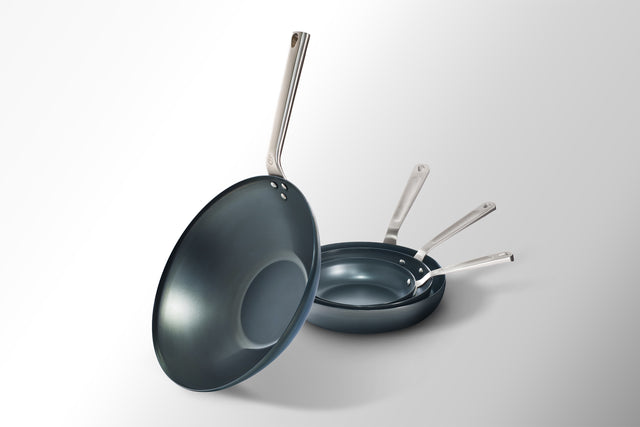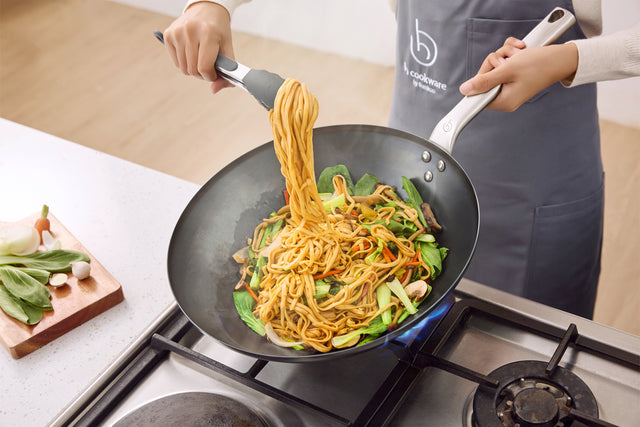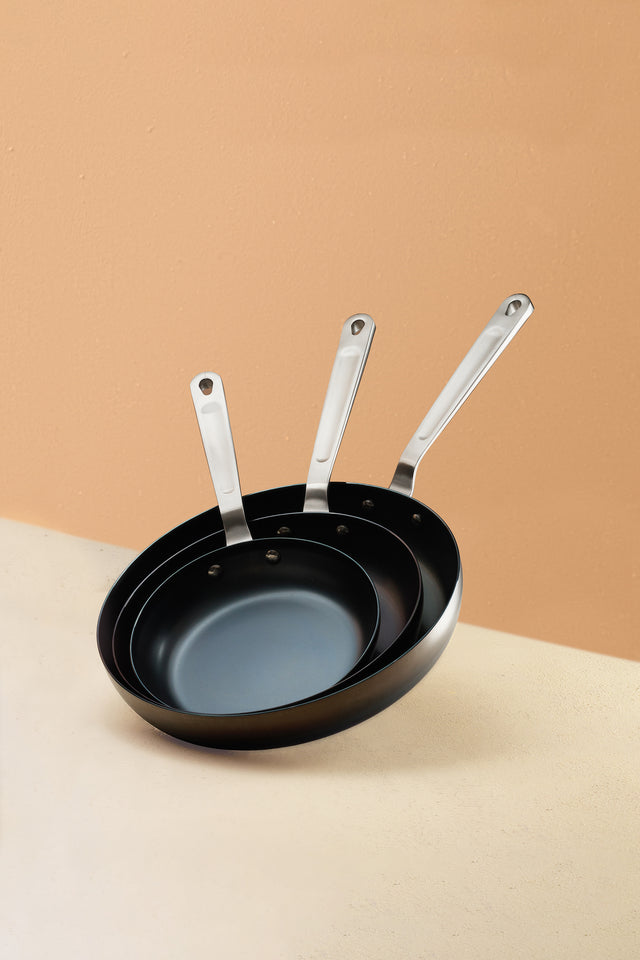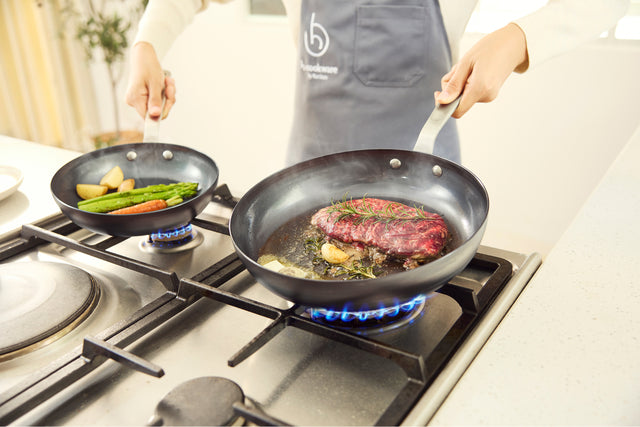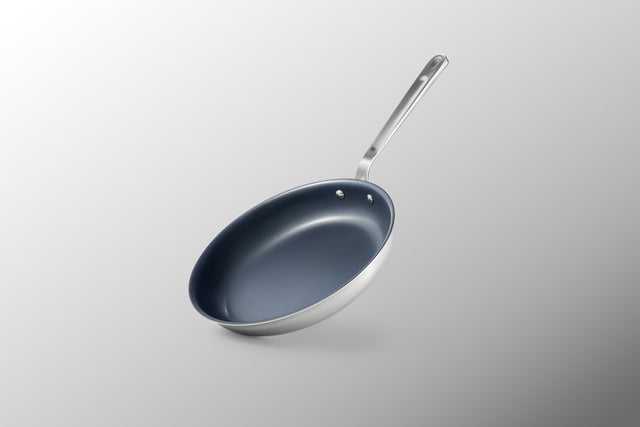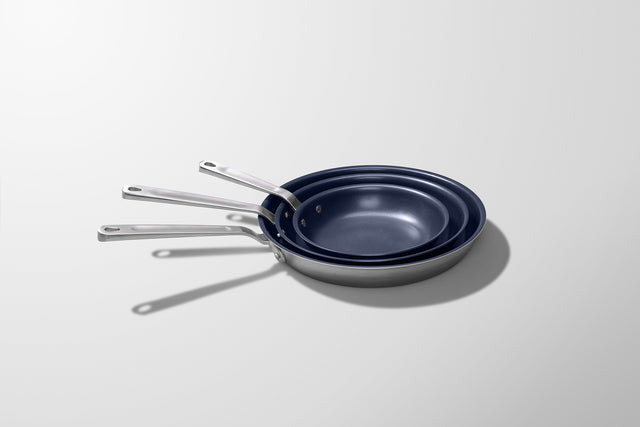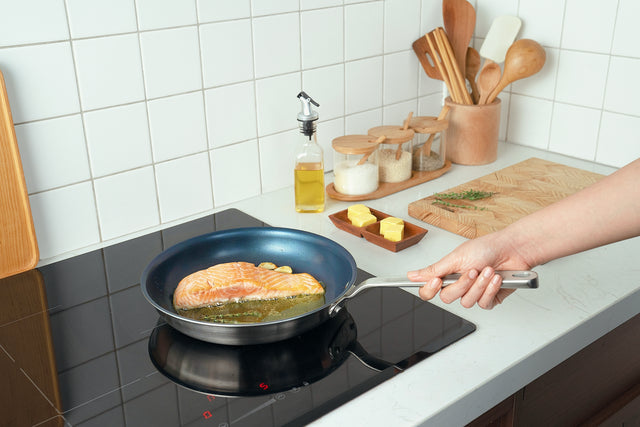Every H Cookware carbon steel pan is heat treated at controlled high temperatures to add rust resistance, create a rich patina, and help oil bond more effectively from the very first use. Follow our simple seasoning guide to unlock its full potential.
Watch Chef Duy in Action
See how Chef Duy seasons his carbon steel pan—simple, fast, and effective.
Find similar articles:
TechniqueMore stories
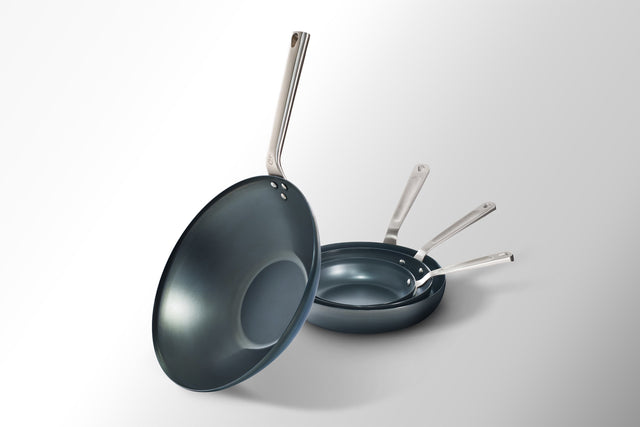
Carbon Steel: FAQ
Peter Kim
·
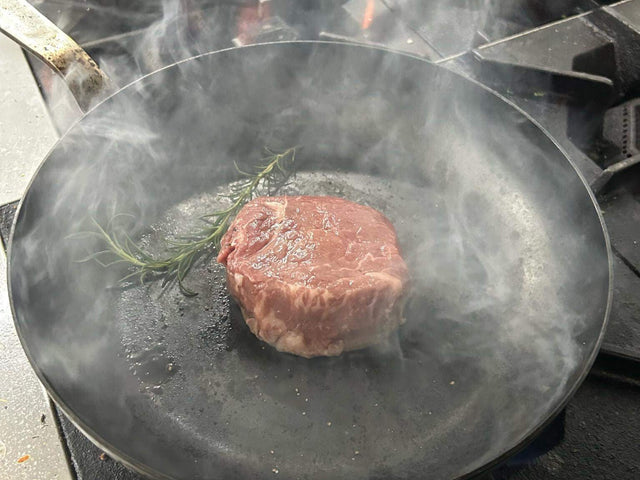
Why Carbon Steel Cookware?
Peter Kim
·





